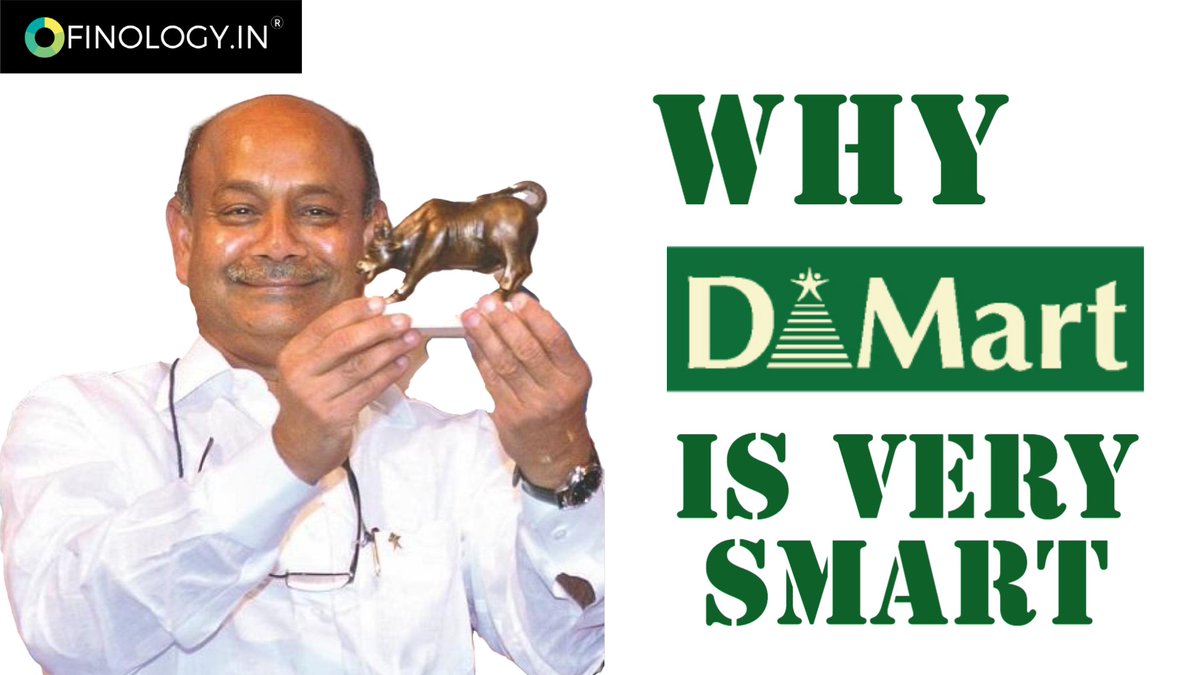
Indices have beaten the majority of the equity funds in the market. Due to this, it has been difficult for fund managers to justify their remunerations. But, this SEBI rule has changed everything for the managers! (1/8)
A thread 🧵👇
#financewithfinology #mutualfunds #Investment
A thread 🧵👇
#financewithfinology #mutualfunds #Investment

SEBI's “SKIN IN THE GAME” RULE (2/8)
On April 28, SEBI issued a circular regulating fund manager compensation. The new rule makes it compulsory for top officials of mutual funds to invest 20% of their salaries in their own schemes.
On April 28, SEBI issued a circular regulating fund manager compensation. The new rule makes it compulsory for top officials of mutual funds to invest 20% of their salaries in their own schemes.
IDEA BEHIND THE RULE (3/8)
One of the reasons is that some fund houses take excessive risks while chasing returns thereby jeopardizing the investors in the schemes. So this rule aligns fund managers to investors.
One of the reasons is that some fund houses take excessive risks while chasing returns thereby jeopardizing the investors in the schemes. So this rule aligns fund managers to investors.
HOW WILL THE RULE HELP THE INVESTORS? (4/8)
Until now, fund managers have been paid a fixed remuneration regardless of how their funds have performed. Now, some alignment of manager and investor incentives may push returns for the investors higher.
Until now, fund managers have been paid a fixed remuneration regardless of how their funds have performed. Now, some alignment of manager and investor incentives may push returns for the investors higher.
WHO ALL ARE AFFECTED? (5/8)
All the ‘key officials’ would come under this new rule including the CEO, chief investment officer, chief risk officer, all the department heads who report to the CEO directly, and the fund management team.
All the ‘key officials’ would come under this new rule including the CEO, chief investment officer, chief risk officer, all the department heads who report to the CEO directly, and the fund management team.
EXCEPTIONS TO THE RULE (6/8)
SEBI has excluded exchange-traded funds, index funds and close-ended funds because they are passive in nature
SEBI has excluded exchange-traded funds, index funds and close-ended funds because they are passive in nature
DRAWBACKS (7/8)
This rule may force senior industry executives and fund managers to invest their personal money in funds that may not be best suited for their own risk profile.
This rule may force senior industry executives and fund managers to invest their personal money in funds that may not be best suited for their own risk profile.
Do you think this rule will benefit mutual fund investors in the long run? (8/8)
• • •
Missing some Tweet in this thread? You can try to
force a refresh



